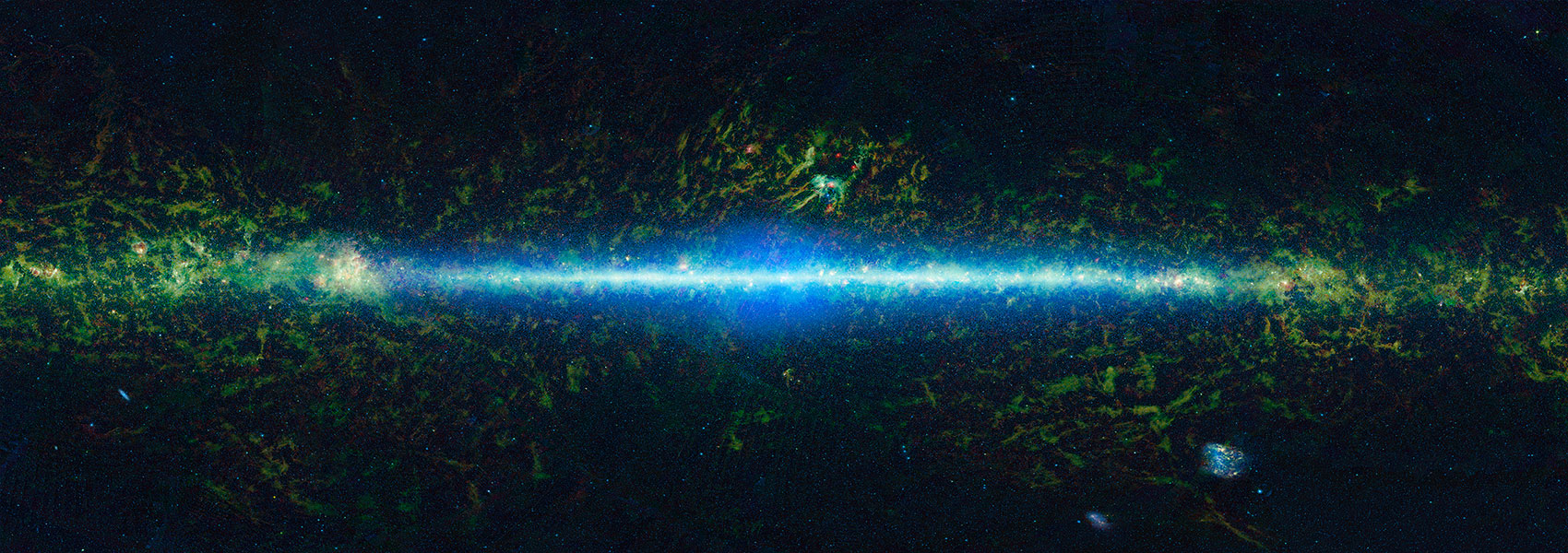October
2008
•
2008ApJ...686L..17C
Authors
•
Cluver, M. E.
•
Jarrett, T. H.
•
Appleton, P. N.
•
Kraan-Korteweg, R. C.
•
Woudt, P. A.
•
Koribalski, B. S.
•
Donley, J. L.
•
Wakamatsu, K.
•
Nagayama, T.
Abstract
•
HIZOA J0836-43 is an extreme gas-rich (MH I = 7.5 × 1010 M⊙) disk galaxy which lies hidden behind the strongly obscuring Vela region of the Milky Way. Utilizing observations from the Spitzer Space Telescope, we have found it to be a luminous infrared starburst galaxy with a star formation rate of ~ 21 M⊙ yr-1, arising from exceptionally strong molecular PAH emission (L7.7μ m = 1.50 × 109 L⊙) and far-infrared emission from cold dust. The galaxy exhibits a weak mid-infrared continuum compared to other star-forming galaxies and U/LIRGs. This relative lack of emission from small grains suggests atypical interstellar medium conditions compared to other starbursts. We do not detect significant [Ne V] or [O IV], which implies an absent or very weak AGN. The galaxy possesses a prominent bulge of evolved stars and a stellar mass of 4.4(±1.4) × 1010 M⊙. With its plentiful gas supply and current star formation rate, a doubling of stellar mass would occur on a timescale of ~2 Gyr. Compared to local galaxies, HIZOA J0836-43 appears to be a "scaled up" spiral undergoing inside-out formation, possibly resembling stellar disk building processes at intermediate redshifts.
This work is based on observations made with the Spitzer Space Telescope, which is operated by JPL/Caltech under a contract with NASA.
Links




